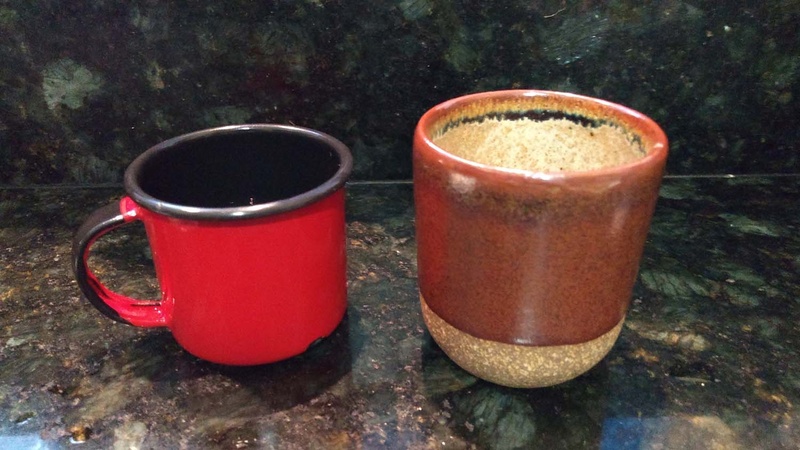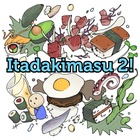When Geró was hired to cook for my family, I had no idea of the revolution it would cause in our lives. A native of Minas Gerais, a “hands-on” cook (as she introduced herself), she arrived with plans to please everyone with her wonderful recipes. He came across my mother, who was almost shameless when it came to determining menus.
The situation deserves a brief history.
There were nine of us then. Father, mother, six daughters and a very strong helper. More than a family, we formed a work team for a small business that had evolved from a tiny dry goods store to an embryonic supermarket. Home and work were confused. In the two-story corner building, the shigoto occupied the ground floor and the house the upper floor. Connecting the two, a staircase accessed through a hidden, almost camouflaged door, next to the ice cream refrigerator. Going up or down those twenty-one steps was all the time we had to change our costumes. The business prospered, the work increased, the house was relegated to second importance, until there was no longer any way to avoid it: filling the belly of that small battalion was a task to be outsourced.
That's how Geró appeared. Brunette, smiling, with rounded shapes, full of dignity and culinary knowledge. Your first scare in the kitchen: rounded rice should only be cooked in water. Without salt? Not even oil? Not even a little garlic?
- You wash it very well, drain it and then add water up to here – said my mother, indicating the first line of her middle finger that lightly touched the surface of the rice.
- And the beans!? Is it also salt free?
- Of course not, you have to temper it! Saute the garlic and onion in oil...
- Ah, I know how to do that – Geró interrupted, indignantly - What a relief! I thought it would be unseasoned too...
My mother's authority and Geró's cleverness ended up syncretizing the house's menu. Over time, shiro gohan , beans, steak and lettuce and tomato salad dressed with soy sauce became the family's staple dish. Our teishoku . Our dish done.
Geró introduced cornmeal cake with coffee for an afternoon snack, introduced “united we will overcome” rice for lunch, and incorporated soy sauce into his pot meat recipe. But the cabbage soup...
- You place this WHOLE piece of meat in the cauldron full of water and cook. It will take a long time. When the meat is soft, you season it with onion, miso and soy sauce . Cut the potatoes, throw them in, then tear up that bunch of cabbage and add them there too.
- But, Dona Júlia, don't you cut the meat? How will people catch it?
- It's not for catching. Tomorrow you shred it, season it with soy sauce and serve it for lunch along with the beans.
Geró, who certainly also knew the meaning of little abundance, was not satisfied with that recipe. But there was no way, the cabbage soup was non-negotiable. It was almost a tribute, a ritual in memory of severe poverty, when my grandmother used the same kilo of meat to make soup for several days, replacing the cabbage with another and another, until the flavor was gone. A thin soup, which lost its flavor every day. That strengthened the spirit. In her, I still find the strength of my family to this day.
One day, I learned that it wasn't my grandmother's exclusive recipe. That other obatians also made cabbage soup. Or escarole. Or whatever was on hand in their gardens. And then, I realized that we are a tribe.
But, back to Geró. She managed to introduce garlic and pasta into the recipe. How he did this, I don't know, but the fact is that even the emblematic soup suffered his influence.
Many other Gerós passed through that kitchen. Some assimilated Japanese rice, others did not. Some liked the raw fish, others didn't even taste it.
Today, when I enter a steakhouse in São Paulo and see salmon sushi in abundance on the buffet or when I'm in a Japanese restaurant and notice the number of Westerners handling chopsticks with ease, I feel a kind of relief. Because there was a day when I thought I would be an eternal foreigner in the land where I was born. But I see in front of me, at my table, that horizons have broadened. I eat loose rice and beans for lunch and at night, gohan with miso soup . I drink coffee, I drink green tea and I celebrate the name of the Japanese neighborhood in my city: Liberdade!
And when I wake up wanting to remember my tribe, I make cabbage soup and leave that large piece of meat untouched to make shredded meat the next day. I miss you. I feel like I belong. I remember who I am.
© 2017 Heriete Takeda






